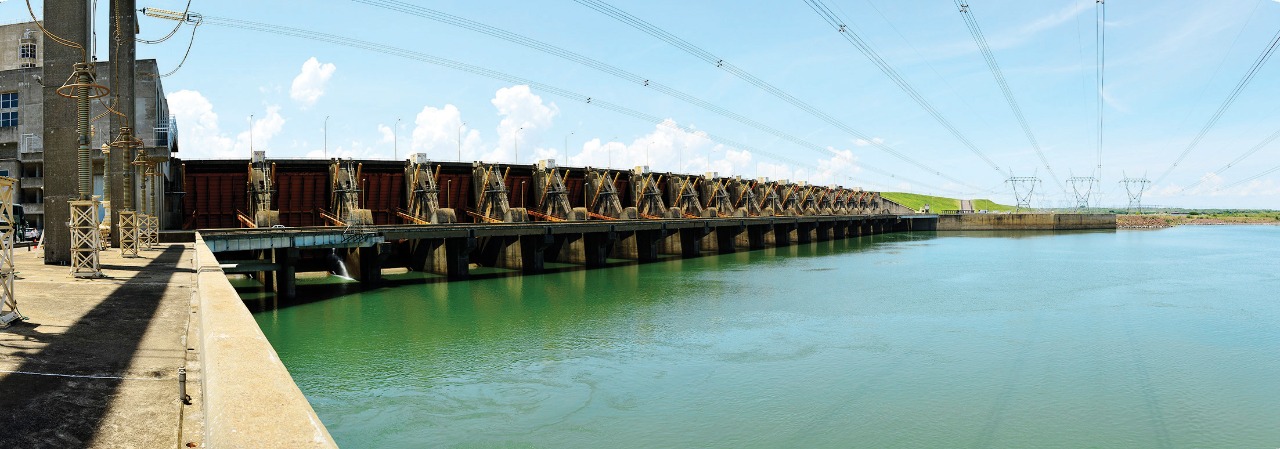Paraguay is one of the few nations in the world in which the electrical system is based almost exclusively, on the generation of electrical energy from a renewable and non-polluting source: hydropower.
At a time when global emphasis is on decarbonization and emission reduction, and countries are discussing climate change at COP26, Paraguay must take advantage of the potential of being a country with renewable energy resources and implement fiscal, industrial, labor and social policies to promote its energy transition.
The importance of the issue is such that in September, within the frame of the UN General Assembly, a High Level Dialogue on Energy was held; first meeting of this type in 40 years. The sectoral discussion becomes even more relevant considering that nearly 800 million people in the world do not have access to energy. This constitutes one of the main challenges for SDG7: guaranteeing the universal access to affordable, reliable and modern energy services.
Along with Albania, Paraguay is the country with the cleanest electric power production in the world, as 99.9% of its electricity generation has zero carbon dioxide emissions, according to data from the World Economic Forum (“Global Energy Architecture Performance Index Report 2016”). In addition, it is among the countries with the highest production of hydroelectricity per capita at the global level, mainly produced by its two large binational dams: Itaipú and Yacyretá.
In the field of energy sustainability, UNDP has been promoting the exchange of knowledge, information and good practices between countries at the global level. In Paraguay, it published the National Human Development Report 2020 which focused on energy, highlighting the need to promote the energy transition, electromobility, energy efficiency, and energy as a platform to diversify production and exports.
The challenge of the energy transition
Paraguay is one of the few nations in the world in which the electrical system is based almost exclusively, on the generation of electrical energy from a renewable and non-polluting source: hydropower. However, its energy matrix presents significant differences between a predominantly renewable energy supply based on hydropower (47%) and biomass (33%), and a consumption or demand based on biomass (44.2%) but also, in a significant proportion, on hydrocarbons (40.1%); these last are both, pollutants and imported.
The challenge is to promote an energy transition that takes full advantage of the clean energy generated at the national level. This could contribute to better social inclusion through the creation of decent jobs, and the diversification of production with added value, transforming the economy and benefiting the environment.
It is proven that countries that favor the development of a diversified and complex productive structure are more likely to achieve high levels of economic and social development.
Paraguay has assumed various environmental commitments based on international agreements; among them the Paris Agreement and the fight against climate change; commitments reflected in guidelines established in the Energy Policy of the Republic of Paraguay 2040.
The availability of renewable electric energy attracts investments and greater employment opportunities that promote people's capacities, generating a virtuous circle that favors the continuous growth of people's capacities and opportunities in the country.
Universal access to sustainable and clean energy is one of the most ambitious goals. For this reason, UNDP calls on all sectors to build public policies framed in the 2030 Agenda, with emphasis on the most vulnerable, without leaving anyone behind.

 Locations
Locations
